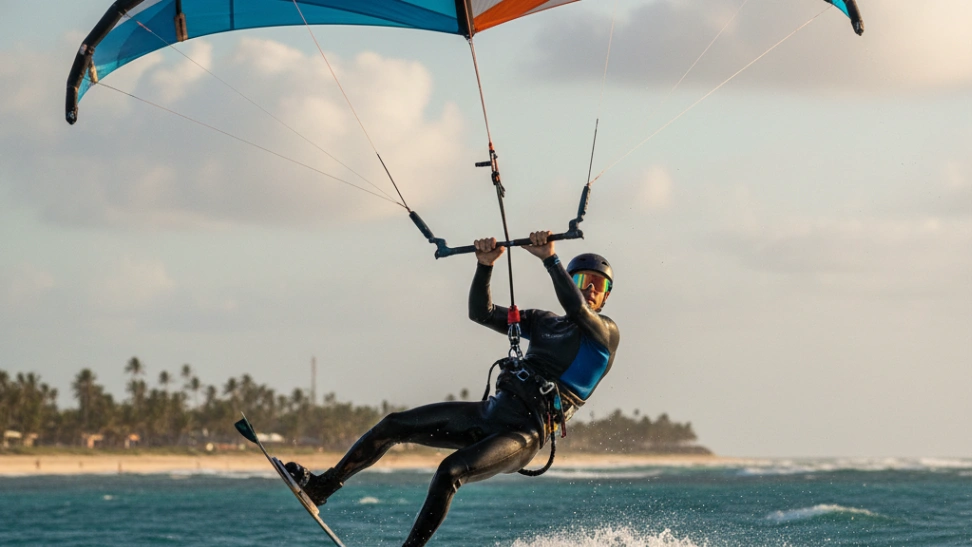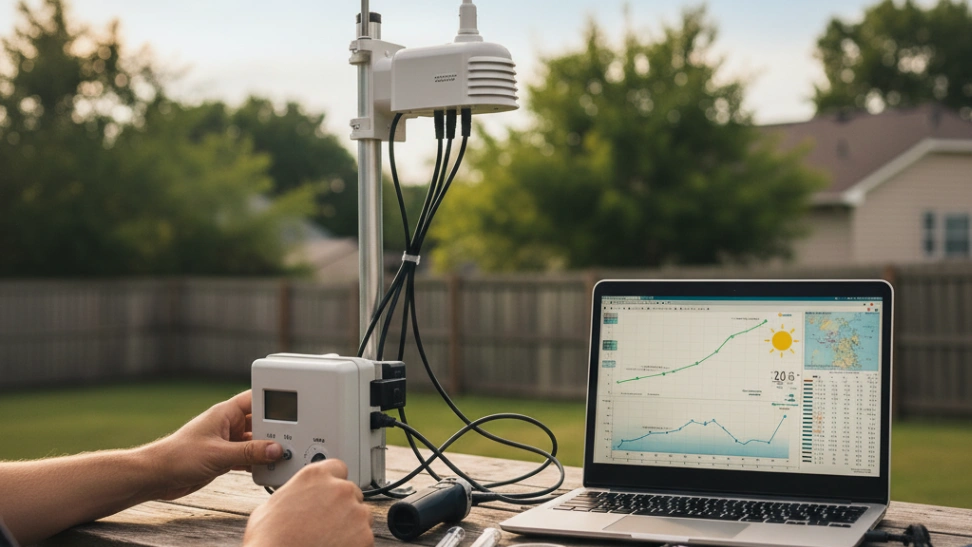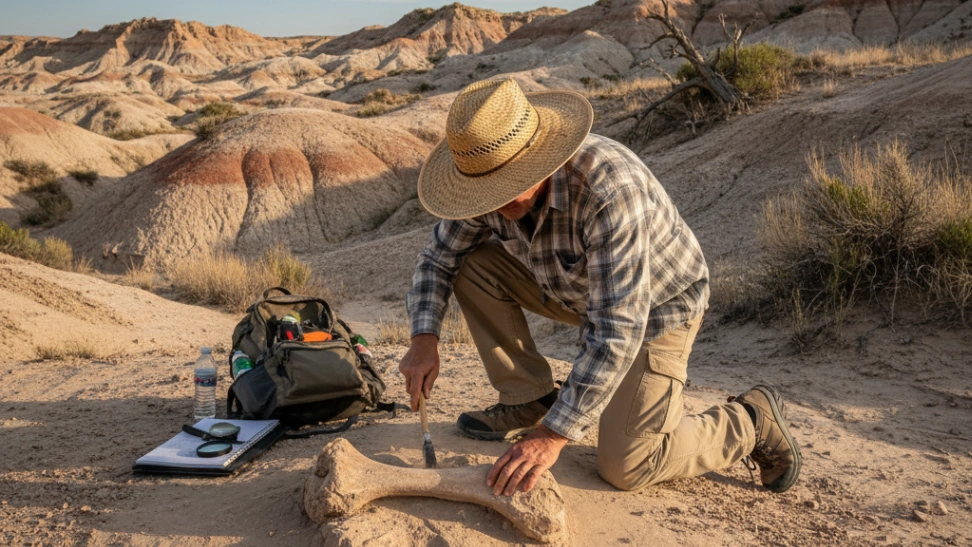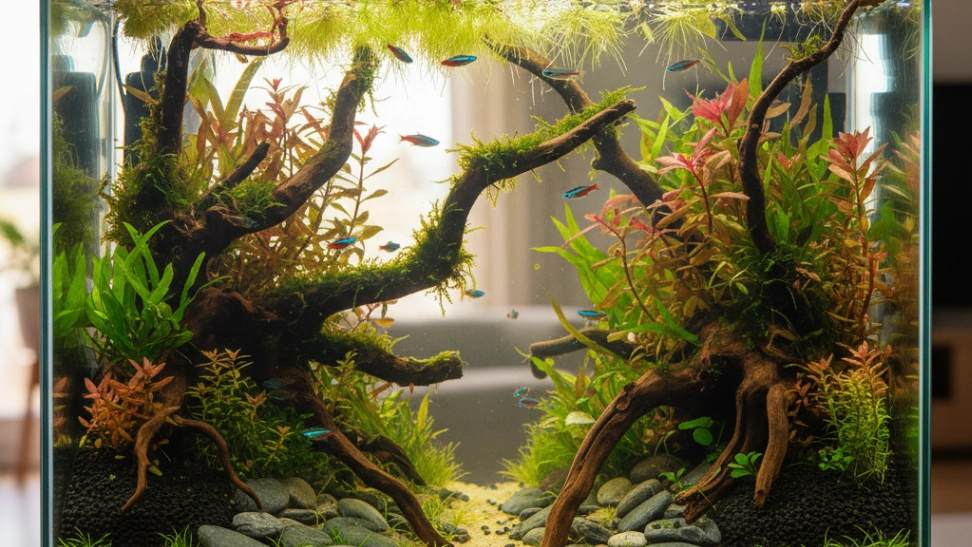The concept of using kites for propulsion has existed for centuries, with early attempts documented in China and various parts of Asia for pulling carts and boats. However, the modern sport of kitesurfing truly began to take shape in the 1980s. Brothers Bruno and Dominique Legaignoux from France are often credited with many of the pivotal innovations. In 1984, they patented the first "wipika" inflatable kite design, a crucial step towards creating a re-launchable water-safe kite. Concurrently, other pioneers like the German inventor Dieter Strasilla and Americans Bill and Cory Roeseler were developing similar systems, experimenting with two-line kites and water skis or boards. The late 1990s saw rapid advancements in kite and board design, making the sport more accessible and safer. Companies like Naish, F-One, and Slingshot began mass-producing equipment, and dedicated kiteboarding schools emerged. The introduction of four-line kites, improved safety release systems, and more sophisticated control bars significantly reduced the learning curve and increased the sport's appeal. By the early 2000s, kitesurfing had exploded in popularity worldwide, moving from a niche extreme sport to a recognized recreational activity with a growing competitive circuit. Its evolution continues, driven by technological improvements and a passionate community constantly pushing the boundaries of what's possible on the water.
Kite surfing involves mastering the art of controlling a large fabric kite, typically ranging from 5 to 17 square meters, attached to your harness via a control bar and lines. The kite generates power from the wind, pulling the rider who stands on a small board, similar to a wakeboard or surfboard. The primary goal is to harness this power to skim across the water, but experienced riders quickly progress to performing jumps, spins, and grabs, often soaring meters above the water for several seconds. Wave riding, freestyle tricks, and racing are popular disciplines within the sport. Understanding wind direction, speed, and hydrodynamics is crucial for both safety and performance. A typical session begins with rigging the kite on the beach, which involves inflating the leading edge and connecting the lines to the control bar and harness. After a thorough safety check, the rider enters the water, launching the kite with assistance or self-launching techniques. Once the kite is airborne and generating power, the rider puts on their board and uses the kite's pull to get up and ride. Learning to balance the kite's power with board control is the initial challenge. The feeling of gliding effortlessly across the water, powered solely by the wind, is incredibly liberating and addictive. Many find the combination of physical exertion, mental focus, and being immersed in nature deeply therapeutic.
The kitesurfing community is known for its camaraderie and supportive nature. Beaches and spots popular for kitesurfing often become vibrant hubs where riders share tips, assist with launches and landings, and celebrate each other's progress. There are numerous online forums, social media groups, and local clubs dedicated to the sport, facilitating knowledge exchange and organizing meetups. Progression in kitesurfing is highly rewarding. Beginners start by mastering kite control on land, then move to body dragging in the water (being pulled by the kite without the board), and eventually to water starts – getting up on the board and riding. Once consistently riding, the path opens up to a vast array of advanced maneuvers. This includes learning to ride upwind, mastering transitions (changing direction), and then venturing into jumps. From there, riders can specialize in disciplines like freestyle (performing unhooked tricks), freeride (cruising and big air jumps), wave riding (using the kite to catch ocean waves), or even foilboarding (using a hydrofoil under the board for an incredibly smooth, elevated ride). The continuous learning curve and the endless possibilities for skill development keep the hobby fresh and exciting for years.
Kitesurfing is largely considered an environmentally friendly sport as it relies on wind power and leaves minimal footprint. However, responsible participation is key. Kitesurfers should be mindful of local marine life, sensitive ecosystems like coral reefs and seagrass beds, and other beach users. Adhering to local regulations, respecting wildlife nesting areas, and properly disposing of waste are essential practices. Many kitesurfing communities actively engage in beach cleanups and advocate for marine conservation, understanding that the health of the environment directly impacts their ability to enjoy the sport. The connection to nature is often a driving force for participants, fostering a deep respect for the ocean and the elements.



